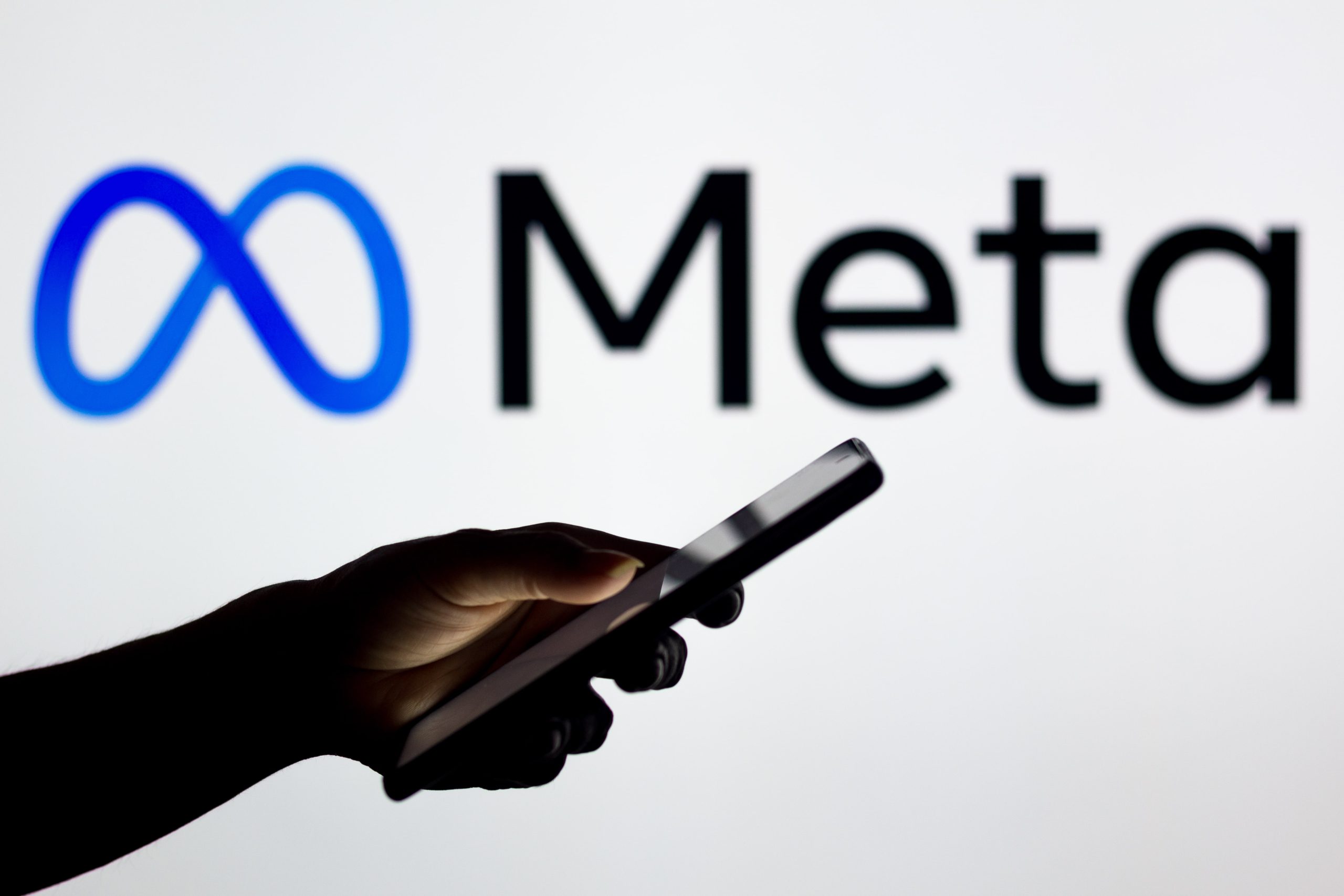
Dash halving is a mechanism built into the Dash network that halves the incentive miners earn for creating a new block and validating transactions.
Unlike Bitcoin’s halving, which reduces the miner’s payout by half every few years, Dash uses a more progressive approach. Every year or so, the incentive is reduced by a smaller percentage, approximately 7.14%.
Dash Halving Purpose
Halving is used to keep the value of a cryptocurrency, such as Dash or Bitcoin, stable. Consider a faucet that is always gushing water. If left alone, the container will overflow.
This also applies to cryptocurrency. There must be a means to regulate the flow of new coins to prevent inflation and maintain stability.
Dash, like many other cryptocurrencies, has a finite quantity of coins that will ever exist. This is analogous to a well that has a restricted supply of water.
Without a way to halt the flow, miners could swiftly remove all of the “coins” (water) before the ecosystem reaches full self-reliance.
Dash Halving is a process used to generate scarcity by limiting the quantity of new coins that enter circulation.
Consider diamonds, silver, or gold; their scarcity is a significant influence on their high price. When Dash’s supply is restricted, it may grow more valuable as demand increases.
What Is The Difference Between Bitcoin and Dash Halving?
The primary goal of applying the halving mechanism across the two networks is the same: to lower the reward collected by miners for each newly produced block. However, there are some significant variances.
Bitcoin Halving
Bitcoin halving, on the other hand, takes place over a longer length of time than the Dash network contraction, about every four years or every 210,000 blocks. The lowered incentive is likewise large, at around 50% of the previously granted reward.
Dash Halving
Dash halving is a reduction mechanism introduced on the base network that occurs every 383.25 days, or approximately 210,240 blocks. The lower return is merely 7.14% of what miners received previously.
Impact of Halving on the Future of the Dash Ecosystem
Dash halving affects miners and masternodes differently. Miners, who validate transactions, see a gradual drop in their payments, whilst masternodes, which sustain the network, are less affected.
Unlike Bitcoin’s halving, Dash’s reward is progressive, dropping by 1/14th each year. This allows each miner time to adapt, and the reduced supply from halving can enhance the value of Dash over time, encouraging miners to stay profitable.
In terms of price, half has a major effect. Looking back at the previous drop in June 2023, it is clear that Dash’s price trended upward both before and after the halving. While not particularly huge, the event maintains inflationary value and improves price and demand stability.
When will the next Dash Halving occur?
According to the official Nicehash website, the next Dash halving will take place on July 10, 2024, on block 2,102,401, or 383 days after the previous occurrence in June 2023. This event occurs more frequently than the Bitcoin halving, which occurs every four years.

Conclusion
Dash’s creative technique of lowering block rewards distinguishes it from other systems. This approach generates a transition scheme that benefits all parties involved, particularly miners and masternodes, because it does not occur spontaneously.
Looking at this method, it is evident that the development team prioritizes the long-term stability and expansion of the ecosystem.
Personal Note From MEXC Team
Check out our MEXC trading page and find out what we have to offer! There are also a ton of interesting articles to get you up to speed with the crypto world. Lastly, join our MEXC Creators project and share your opinion about everything crypto! Happy trading! Learn about interoperability now!
Join MEXC and Get up to $10,000 Bonus!



